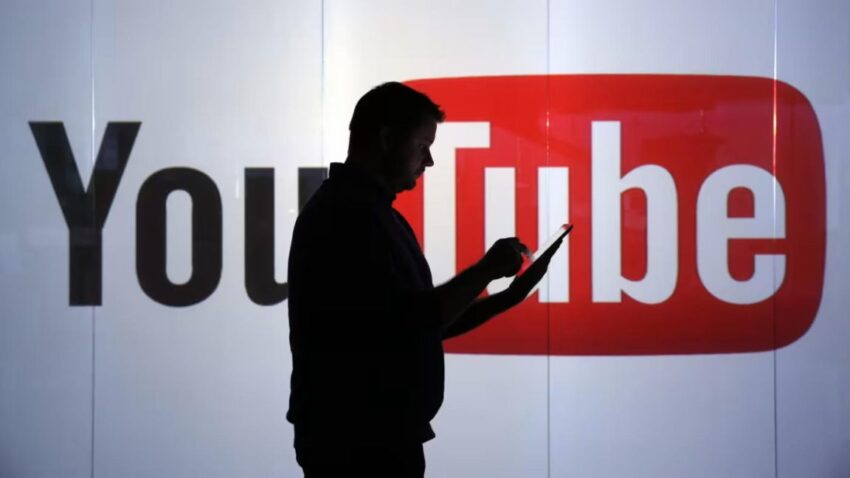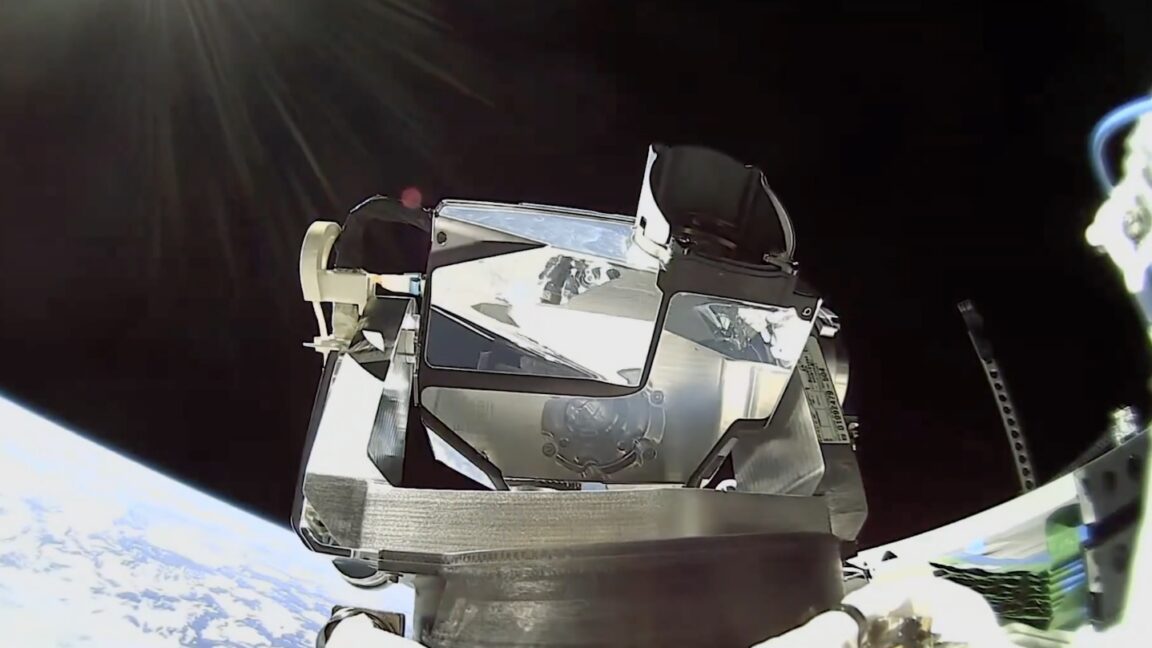
youtube s likeness detection has arrived to YouTube has initiated the rollout of its likeness detection system, a significant step towards combating the proliferation of AI-generated content that mimics real individuals.
youtube s likeness detection has arrived to
The Rise of AI Content and Its Implications
In recent years, artificial intelligence (AI) has dramatically transformed the landscape of digital content creation. Initially, AI-generated content was characterized by bizarre and often humorous anomalies, such as distorted images with mutated hands. However, advancements in AI technology have led to the production of increasingly sophisticated synthetic images and videos that can be nearly indistinguishable from reality. This evolution poses significant challenges for content creators, influencers, and the broader public, as the potential for misinformation and harassment grows.
Google, the parent company of YouTube, has played a pivotal role in this transformation by developing powerful AI models that are freely accessible to the public. While these technologies have democratized content creation, they have also contributed to the spread of misleading information and harmful content. The implications are profound: creators and influencers are rightfully concerned that their personal brands could be tarnished by AI-generated videos that depict them saying or doing things they never actually did. This concern is echoed by lawmakers, who are increasingly worried about the potential for AI to be misused in ways that could undermine trust in digital media.
YouTube’s Response: Likeness Detection Tool
In response to these growing concerns, YouTube announced earlier this year that it would implement tools designed to flag AI-generated content that infringes on the likeness of real individuals. The newly introduced likeness detection tool is akin to YouTube’s existing copyright detection system, which helps identify and manage unauthorized use of copyrighted material. This new feature aims to protect creators from the potential fallout of AI-generated content that could misrepresent them.
How Likeness Detection Works
The likeness detection system utilizes advanced algorithms to analyze video content and identify instances where an individual’s likeness is being used without consent. This technology is designed to recognize facial features and other identifying characteristics, allowing it to flag videos that may be utilizing AI-generated representations of real people. By doing so, YouTube aims to create a safer environment for creators, enabling them to maintain control over their digital personas.
Initially, the likeness detection tool was tested with a small group of creators, but it has now been expanded to a broader audience. YouTube has begun notifying the first batch of eligible creators, inviting them to utilize this new feature. However, it is important to note that creators interested in accessing the likeness detection tool will need to provide Google with additional personal information. This requirement raises questions about privacy and data security, as creators must weigh the benefits of protection against potential risks associated with sharing personal data.
The Broader Context of AI in Content Creation
The introduction of the likeness detection tool is part of a larger trend in the tech industry, where companies are grappling with the implications of AI-generated content. As AI technology continues to evolve, the line between genuine and synthetic content becomes increasingly blurred. This has led to a growing demand for tools and regulations that can help distinguish between the two.
Many creators are concerned that the rise of AI content could dilute the authenticity of their work. For instance, influencers who have built their brands on personal connection and authenticity may find it challenging to compete with AI-generated videos that can mimic their style and voice. This situation creates a paradox: while AI can enhance creativity and streamline content production, it also poses a threat to the very essence of what makes content creation meaningful.
Stakeholder Reactions
The rollout of the likeness detection tool has elicited a range of reactions from various stakeholders. Creators have expressed cautious optimism about the new feature, recognizing its potential to safeguard their likenesses and reputations. However, there is also apprehension about the implications of sharing personal information with Google. Many creators are concerned about how their data will be used and whether it will be adequately protected.
Lawmakers have also weighed in on the issue, emphasizing the need for regulations that can keep pace with the rapid evolution of AI technology. Some lawmakers have called for stricter guidelines to govern the use of AI in content creation, arguing that without proper oversight, the potential for misuse will only increase. This sentiment reflects a broader societal concern about the ethical implications of AI and its impact on trust in digital media.
Future Implications for YouTube and Content Creation
The introduction of the likeness detection tool marks a significant milestone for YouTube as it seeks to address the challenges posed by AI-generated content. However, the effectiveness of this tool will depend on its ability to adapt to the rapidly changing landscape of AI technology. As AI continues to evolve, so too must the tools and regulations designed to manage its impact.
Moreover, the success of the likeness detection system could set a precedent for other platforms grappling with similar issues. If YouTube can effectively implement this technology and gain the trust of creators, it may inspire other social media platforms to adopt similar measures. This could lead to a more comprehensive approach to managing AI-generated content across the digital landscape.
The Role of Education and Awareness
In addition to technological solutions, there is a pressing need for education and awareness surrounding AI-generated content. Creators, consumers, and lawmakers alike must be informed about the capabilities and limitations of AI technology. This understanding is crucial for fostering a culture of responsible content creation and consumption.
Workshops, webinars, and educational resources could play a vital role in equipping creators with the knowledge they need to navigate the complexities of AI in content creation. By promoting transparency and ethical practices, the industry can work towards a more sustainable future where AI serves as a tool for creativity rather than a source of misinformation.
Conclusion
The rollout of YouTube’s likeness detection tool represents a proactive step towards addressing the challenges posed by AI-generated content. As creators grapple with the implications of synthetic media, the need for effective tools and regulations becomes increasingly apparent. While the introduction of this technology is a positive development, it is essential for stakeholders to remain vigilant and engaged in discussions about the ethical implications of AI in content creation. The future of digital media will depend on our collective ability to navigate these challenges responsibly.
Source: Original report
Was this helpful?
Last Modified: October 22, 2025 at 12:36 am
2 views














